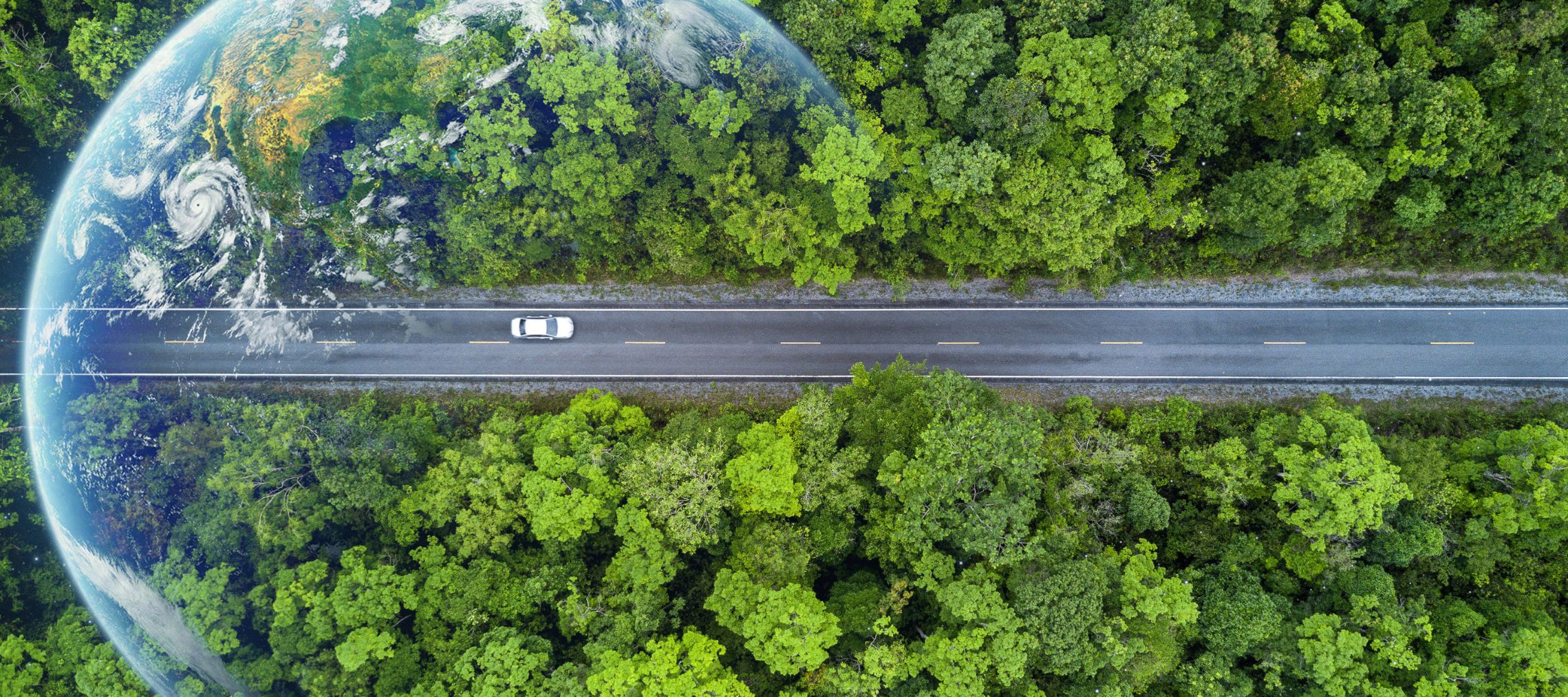Climate adaptation is a dynamic and complex process. This includes risk assessment, adaptation planning, implementation, and monitoring at different scales. Adaptation strategies vary according to specific types of climate hazards, geographical scales, and time frames. However, limited knowledge while dealing with several uncertainties is a major challenge. CSTEP's scientific strategies can help policymakers design and prioritise adaptation measures to meet our climate agenda.


Urban greenprints: A nature-based solutions feasibility framework for urban coastal regions
This report serves as the primary document that offers a structured methodology for decision-making around nature-based solutions (NbS) in Indian urban coastal regions.
Report structure:
• Main Report (core document)
• Addendum 1 (overview of the policy and governance contexts within which NbS operate)
• Addendum 2 (detailed justification for the NbS decision matrix)
Climate Change: Science, Impacts, and Solutions
CSTEP, in collaboration with the Department of Agriculture and Farmers’ Empowerment (DA&FE), Government of Odisha, is working towards building climate resilience in the state's agriculture and allied sector. As part of these efforts, a series of capacity-building training programmes will be conducted on key climate-related themes, including climate change science, adaptation, mitigation, climate modelling, climate-smart agriculture, greenhouse gas (GHG) emissions profiling, life cycle assessment, climate finance, and carbon markets.
Urbanisation, sewage, microplastics: Why many Indian wetlands are under threat
Approximately 4.86% of India’s land area is covered by wetlands – ecosystems that are often referred to as the “Earth’s kidneys” because they are crucial for maintaining an ecological balance. However, many of India’s wetlands are under threat due to urbanisation, domestic and industrial pollution, and unscientific land-use practices. Urban wetlands in major cities are particularly at a high risk due to rapid urbanisation and unchecked discharges from nearby dumpsites or sewage.